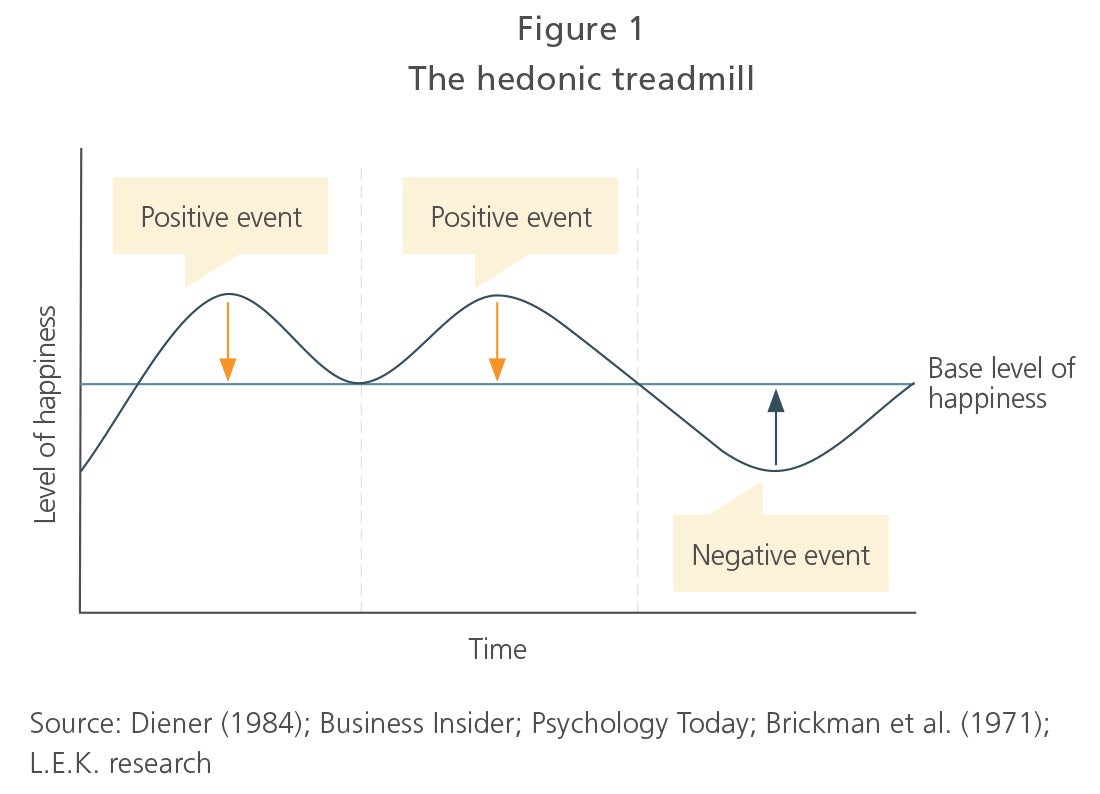

In the fourth century B.C., Aristotle distinguished between two aspects of well-being: hedonia (pleasure, desire) and eudaimonia (meaning and purpose, a life well-lived). The pursuit of happiness and reward is an impetus for everyday human behavior and the basis of well-being ( 1).

Importantly, to our knowledge, this is the first study to show that striatal activation within an individual can be both a source of risk and protection. These findings underscore how the motivational context underlying neural sensitivity to rewards can differentially predict changes in well-being over time. Ventral striatum activation during eudaimonic decisions predicted longitudinal declines in depressive symptoms, whereas ventral striatum activation to hedonic decisions related to longitudinal increases in depressive symptoms. We implemented a longitudinal study and followed adolescents over 1 y to examine whether neural sensitivity to eudaimonic (e.g., prosocial decisions) and hedonic (e.g., selfish rewards and risky decisions) rewards differentially predicts longitudinal changes in depressive symptoms. Although optimal well-being may be achieved through eudaimonic activities (e.g., meaning and purpose), individuals tend to orient toward hedonic activities (e.g., pleasure seeking), potentially placing them at risk for ill-being. The pursuit of happiness and reward is an impetus for everyday human behavior and the basis of well-being.


 0 kommentar(er)
0 kommentar(er)
